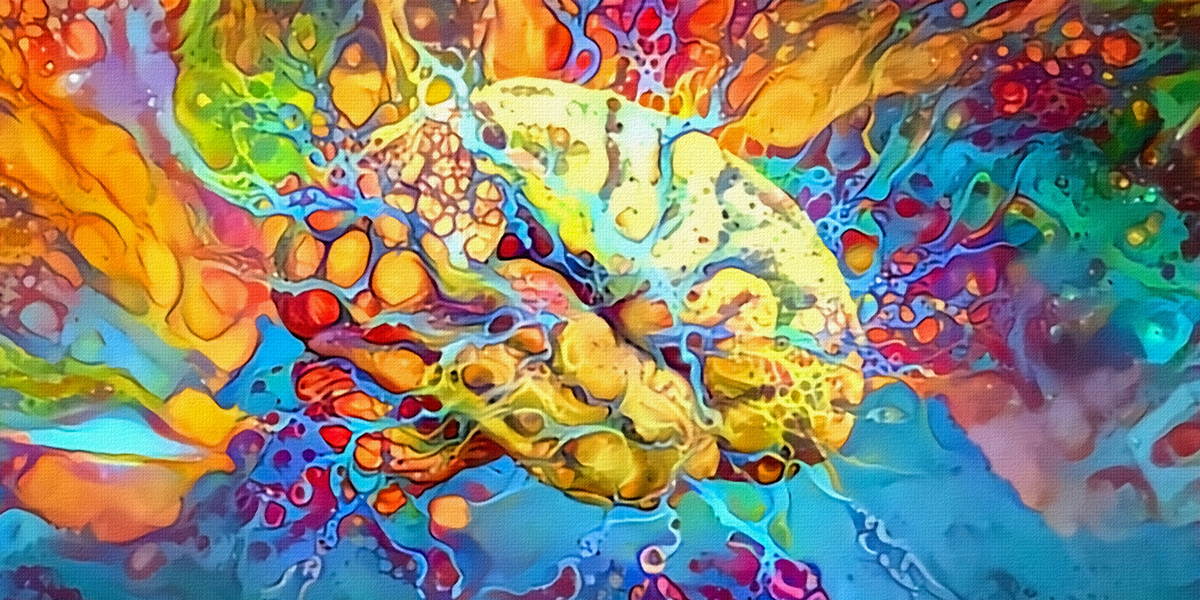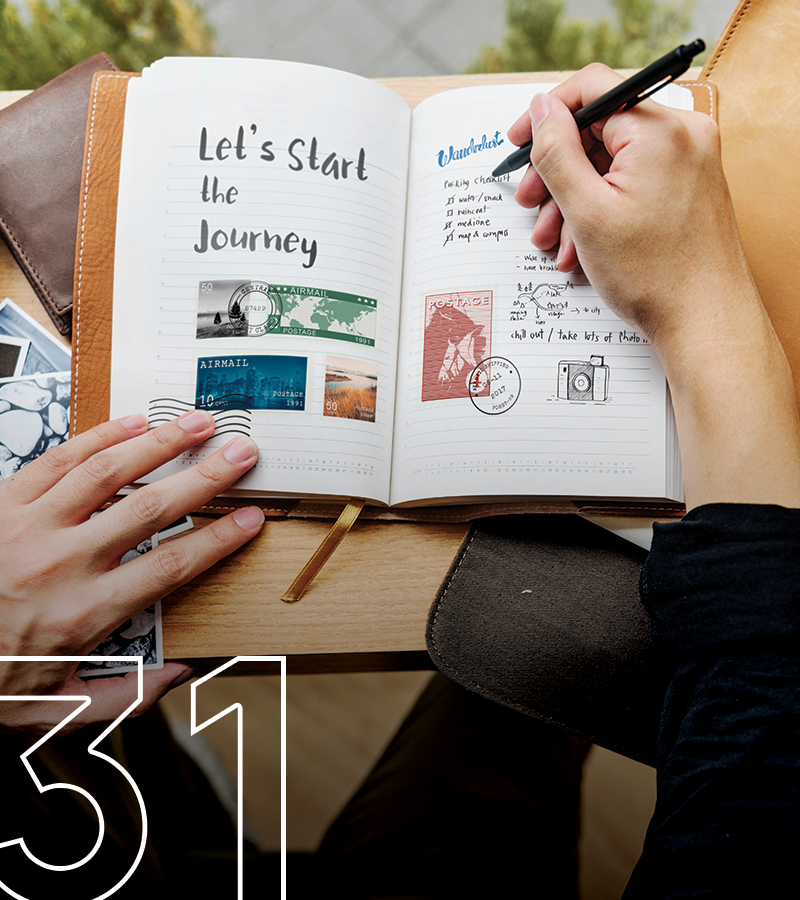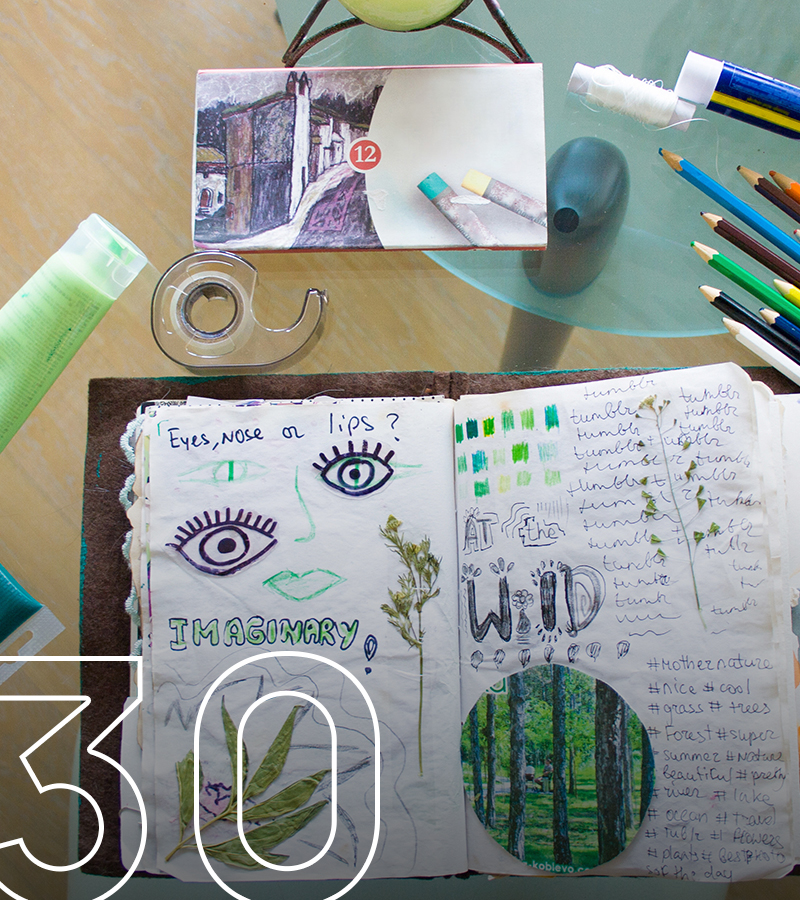Drawing Your Trauma Reframes Your Recovery
The Surprising Frequency of Post-Traumatic Stress
When you think of someone with post-traumatic stress disorder (PTSD), you probably think of war veterans or sexual abuse victims.
While you would be right, it’s actually a lot more common than you think. Statistics show that 70% of U.S. adults have experienced some form of traumatic event at some time in their lives. Even more astounding, up to 20% of this population will go on to develop PTSD.
Experiences like war, abuse, or simple neglect leave traces in our brain. When these traces are triggered in the present, they can cause panic, anxiety, numbness, or dissociation. These feelings are then a common trigger for relapse. You want to numb the pain and run to your usual unhealthy coping mechanisms, but you don’t know exactly why.
The Brain Stores Traumatic Memories Symbolically
Trauma is commonly known to be encoded sensually as it deposits into our brain’s memory banks.
“Traumatic memories typically exist in our minds and bodies in a state-specific form, meaning they hold the emotional, visual, physiological, and sensory experiences that were felt at the time of the event,” says marriage and family therapist, Erica Curtis, “They’re essentially undigested memories.”
When a traumatic memory cannot be articulated with words, it persists at a symbolic level. In order to access and then process it, the memory must be externalized in a symbolic form. The most notable symbolic form being imagery. Drawing trauma collects the symbolism of many different factors into an image. These factors include the event itself, our emotional responses, and the horror or disappointment associated with the event.
Processing Your Visual Memories Visually
It’s common for people with trauma to be hesitant or unable to discuss things verbally, even with a professional recovery therapist.
Through drawing trauma, and art expression in general, words aren’t necessary. You don’t have to strain to say the right thing. The drawing can speak for you and act as a window into your experience. Some emotions may even be better expressed visually than they would be verbally.
You’ve probably heard of the idea of the left brain versus the right brain. The right side of the brain houses creative expression but it’s also where visual memories are stored. The fact that these things are so closely linked likely explains why artistic expression is so effective in accessing and dealing with unconscious or repressed memories.
Drawing Your Past Reframes Your Present
Drawing traumatic experiences and other negative memories is effective because it unpacks our brain the same way it was packaged up.
“Art expression is a powerful way to safely contain and create separation from the terrifying experience of trauma,” says art therapist, Gretchen Miller, “Art safely gives voice to and makes a survivor’s experience of emotions, thoughts, and memories visible when words are insufficient.” The “separation” that Dr. Miller talks about is what we’re after. We need to take out the memories in the dark closet of our brains. We need to examine why we kept them for so long and throw them out. They don’t fit anymore.
You might have had severe traumatic experiences that you either consciously or unconsciously push deep inside of you. Or you might just have some memories of hurt or bad decisions that you just can’t shake free from. No matter the severity, there is always hope and healing. Actively engaging your negative memories through art can be hard. Don’t do it alone if it’s too much for you. Reach out to someone close to you, a professional art therapist, or one of our recovery coaches and start reframing your recovery today.


